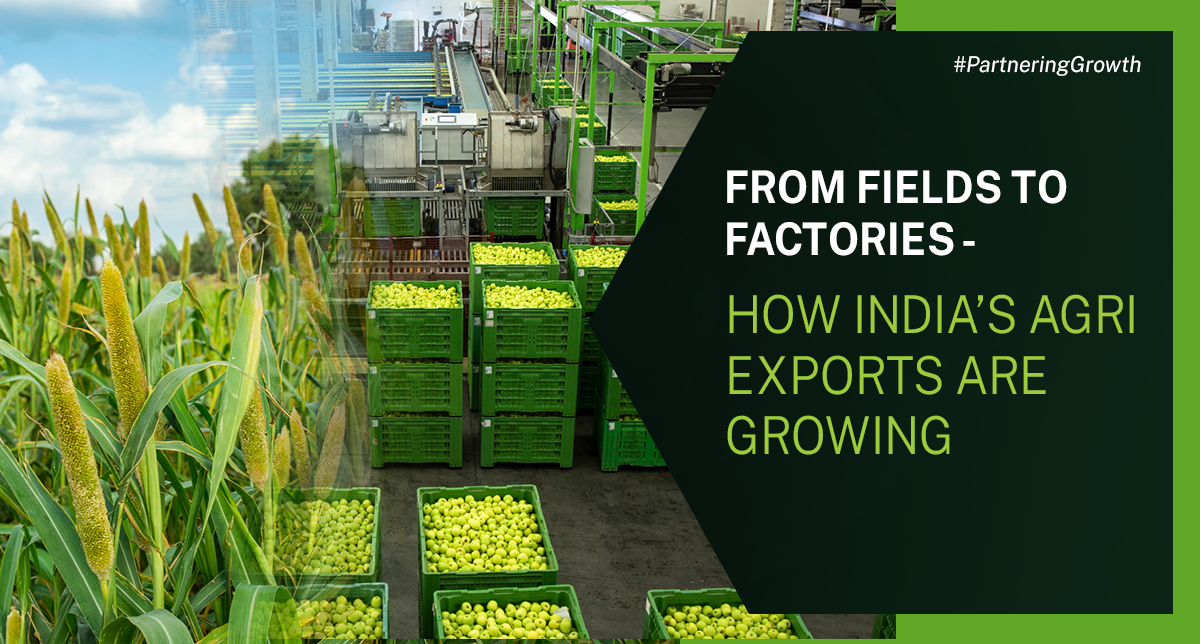


India, for years a farm economy, is now making rapid progress in converting its agricultural prowess into international trade value. Once a domestic-preference farming industry, the sector is quickly becoming an export-oriented economy due to a mix of policy changes, investment in infrastructure, and the private sector's demand. The story from fields to factories to overseas shelves is playing out at breathtaking speed. During FY 2022-23, India's agri exports breached the USD 50 billion limit, fuelled by increasing international demand for rice, wheat, pulses, spices, marine products, and value-added foods. Apart from volume, the export basket is changing-graduating from raw or semi-processed inputs to branded and packaged foods. This is a crucial milestone where food processing units and agri-based sectors are emerging as large contributors. What's driving the scale? India's capabilities have expanded together with the Production-Linked Incentive (PLI) scheme for food processing, enhanced warehousing and cold chain infrastructure, and digital agri-marketplaces. Besides this, growing international faith in Indian food safety standards, organic goods, and sustainable agro-practices has unlocked new trade corridors. States such as Maharashtra, Gujarat, Andhra Pradesh, and Punjab are paving the way with agri export zones and mega food parks connecting farmers, processors, and exporters without hitches. The contribution of MSMEs in food processing and packaging of spices has also been crucial in connecting rural production with global consumers. Key opportunities and challenges The increasing trend towards plant-based proteins, nutraceuticals, and organically processed snacks in world markets offers fresh growth opportunities for Indian processors. However, for India to stay competitive, it will have to address inefficiencies in logistics, fragmented supply chains, and traceability and certification-related issues. Another significant challenge is the impact of higher tariffs imposed by the US Government. With around 11% of India’s agri exports headed to the USA, these policy shifts can affect competitiveness, pricing, and market access for Indian exporters. Diversifying export destinations while negotiating favourable trade terms will be crucial in cushioning this risk. The way forward The future growth will be based on technology integration, trackable supply chains, and a greater transition towards processed and high-value exports. As India targets doubling its agri exports by 2030, all stakeholders in the ecosystem, starting from farmers to financiers, will have to be in sync with this vision.